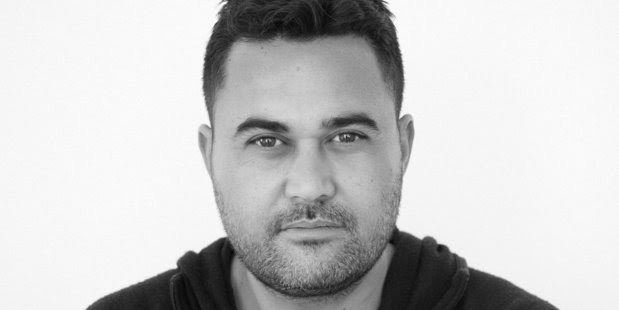
One of the names for Fort street is Te One Panea, ‘beach of the heads in line’. It is said the heads of slain enemies were stuck on posts from one end to the other of the foreshore.
Horotiu Bay was dubbed Commercial Bay by settlers. That's why we have a street here called Commerce street.
1870 the reclamation of Commercial Bay reached as far as Customs Street East and in the 1880s, Quay Street was formed.
Shortland Street was the early commercial focus, but as Commercial bay was filled in and more streets formed that focus shifted to Queen street.
Te Whatu (literally The Rock) was a ledge of rock, now the foot of Shortland Street, where waka would tie up.
Auckland’s first European fort was established on the point on the site of an old pa, Te Rerenga-oraiti (‘the leap of the survivors’) in 1840. This headland which was eventually renamed Pt. Britomart. The ancient name describes two similar incidents when attacking Ngati Whatua forces drove their foe off the end of the headland with only few surviving the leap into the Waitemata harbour below. The headland was later demolished and the earth and rocks were used for the reclamation of the shoreline.
The new Lighthouse sculpture by Michael Parekowhai on Auckland's Queens Wharf. Photo / David St George / Auckland Council
Why do you think sculptor, Michael Parekowhai chose to create this kind of house for the artwork?
The House
Extract from a newspaper article:
"Looking across to the North Shore, where Parekowhai grew up, and east toward Bastion Point, he immediately thought of a house - "a simple modest house that everyone would recognise and that had a huge amount of social, political and cultural history."
Thinking about surrounding office and apartment towers, he decided he didn't want to create another tall structure which would compete with existing city buildings. He wanted something on a human scale, which suggested human activity and humanity."
"We read about state houses and undertook practical research, driving around Auckland, photographing details." - Michael Parekowhai
Discuss:
Walking around the house, can you see differences from a conventional home? Has anything been changed or adapted? Why?
Discuss:
1. Who was Captain Cook?
2. Why did he come to New Zealand?
3. Is there an equivalent of "Captain Cook" in your country? Someone with the same kind of status?
Looking at Cook, why do you think he's been represented this way? Consider the pose, size, materials, surroundings.
The stars
1. What do you think the stars meant to the people of the Pacific?
2. What did they mean to Cook?
"When deciding on constellations to realise in neon and locating them within the house, we were influenced by the position of the stars during Matariki."
- Micheal Parekowahai
- Micheal Parekowahai



No comments:
Post a Comment